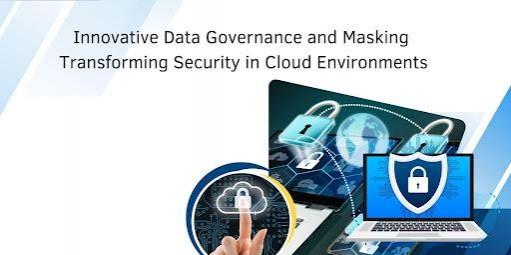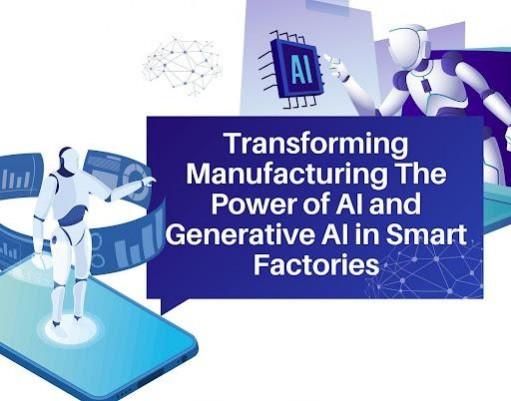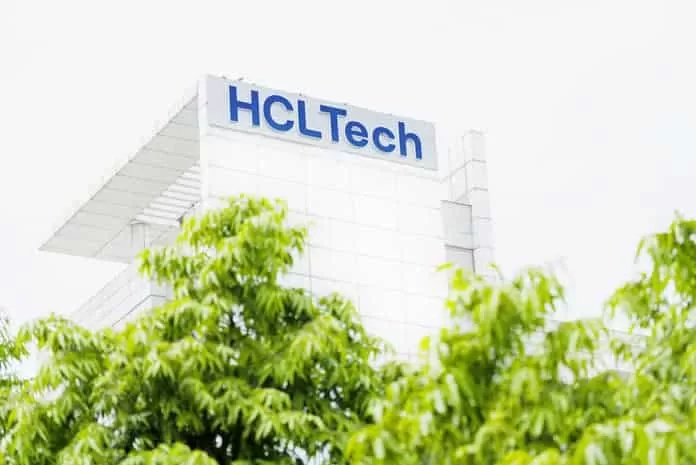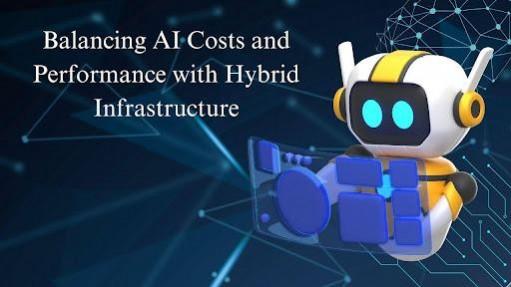
In a rapidly evolving digital landscape, data security and governance have become paramount concerns for organizations migrating to cloud platforms. Data governance and masking innovations are reshaping how enterprises safeguard their sensitive information while maintaining accessibility and compliance. This article explores the advancements in data security, particularly in cloud-native platforms, as detailed in the work of Jaya Krishna Vemuri, a data security and governance specialist.
Revolutionizing Data Governance Frameworks
Data governance is evolving from static policies to dynamic, real-time security controls. Modern frameworks use adaptive strategies to counter emerging threats while maintaining efficiency. With automated tracking, structured policies enhance access control, audit logging, and compliance, improving data quality, reducing risks, and strengthening proactive threat mitigation.
The Power of Role-Based Access Control (RBAC)
The integration of Role-Based Access Control (RBAC) enhances data governance by restricting access based on user roles, reducing unauthorized exposure. When combined with Single Sign-On (SSO) and Multi-Factor Authentication (MFA), RBAC improves security efficiency, minimizes access-related incidents, and streamlines authentication across enterprise applications.
Enhancing Security with Dynamic Data Masking (DDM)
Dynamic Data Masking (DDM) revolutionizes data security by dynamically masking sensitive information based on user privileges. This ensures confidential data remains protected in shared databases while maintaining accessibility. Unlike static masking, which permanently modifies data, DDM enforces real-time security policies, preventing breaches without compromising query performance. Organizations benefit from enhanced security, efficient data access, and seamless regulatory compliance.
Automated Compliance Monitoring and Audit Logging
With regulatory requirements becoming increasingly complex, automated compliance monitoring has become a necessity. Modern governance frameworks integrate real-time monitoring systems that detect anomalies, enforce policies, and generate compliance reports with minimal manual intervention.
Audit logging has also undergone significant advancements, ensuring that all data access and modifications are recorded. This feature supports compliance and enhances security by providing a clear trail of user activity. Organizations leveraging automated audit systems have seen a dramatic reduction in compliance reporting time and increased accuracy in security investigations.
Object Tagging and Metadata Management for Improved Data Classification
Data governance frameworks are increasingly incorporating object tagging and metadata management to improve data classification. These features enable enterprises to categorize data effectively, ensuring that access policies align with data sensitivity levels.
By using automated tagging and classification systems, organizations experience improved consistency and accuracy in data handling. Machine learning-enhanced classification further streamlines governance efforts, reducing the burden on IT teams while improving policy enforcement accuracy.
Addressing Performance Challenges in Data Governance
Advanced data governance raises concerns about performance impact, but optimizations like caching and query enhancements mitigate these issues. Enterprises using optimized strategies report minimal slowdowns, even with large masked datasets. Distributed security protocols evaluate policies in milliseconds, ensuring robust security without compromising productivity in high-throughput environments.
The Future of Data Governance: AI and Automation
The next wave of data governance innovations is driven by artificial intelligence and automation. AI-powered governance frameworks are being designed to predict security risks, automate policy enforcement, and enhance anomaly detection with minimal human intervention.
Future governance models will rely heavily on machine learning algorithms that adapt security policies in real time based on usage patterns. Automated compliance verification and predictive security analytics will further strengthen data protection while reducing administrative overhead.
In conclusion, Jaya Krishna Vemuri‘s analysis highlights how innovations in data governance and masking are revolutionizing security strategies for cloud-based environments. Organizations that implement these advanced frameworks benefit from enhanced compliance, improved security, and optimized performance. As regulatory requirements and cyber threats continue to evolve, businesses must stay ahead by adopting intelligent, automated governance solutions. The future of data security lies in proactive governance frameworks that seamlessly integrate automation, AI, and real-time data protection strategies.













